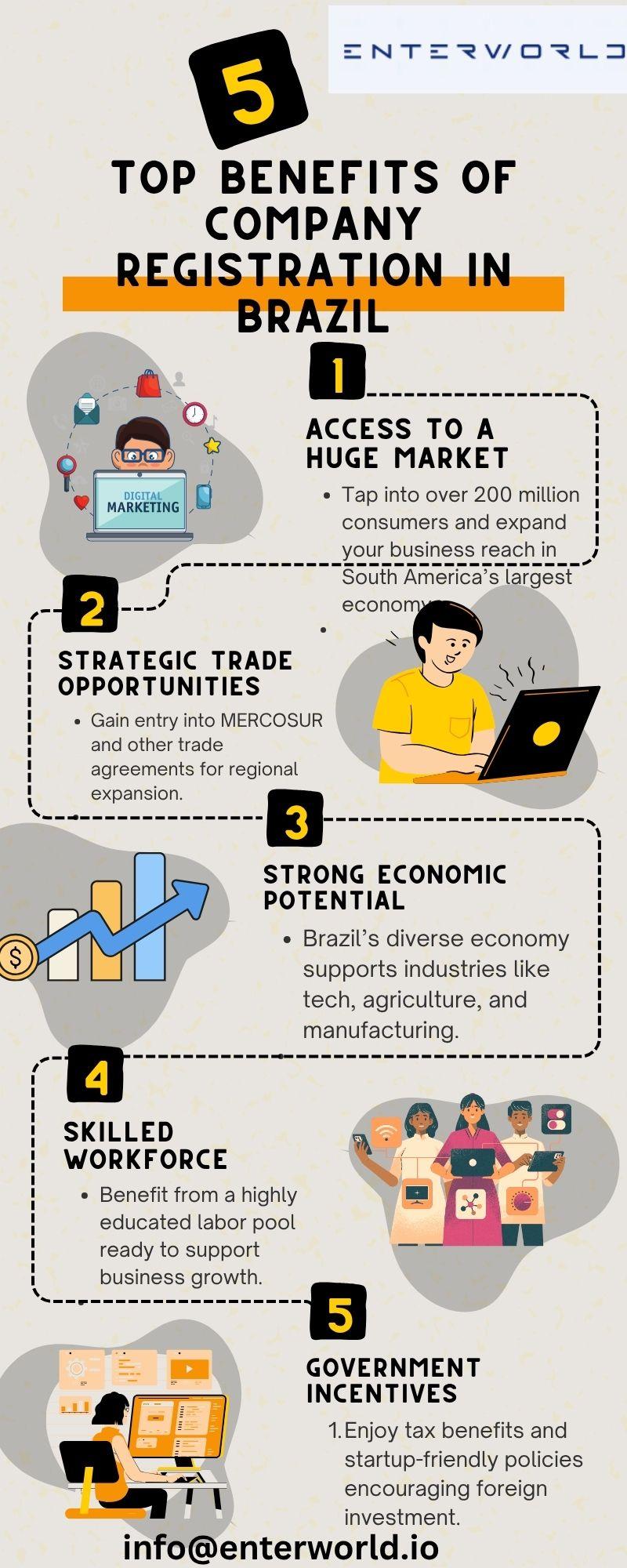Sudan. Da tempo due fazioni ( RSF e SAF ) militari, in passato alleate quando era necessario unirsi per compiere un colpo di stato e sostituirsi all' allora dittatore (la qualifica di dittatore in Africa non è da ritenersi un termine dispregiativo, tutt' altro) Omar al Sharif, si combattono ferocemente, con il pregevole risultato che ....
oltre 12 milioni di persone si vostre costrette a fuggire, sia all'interno del paese (8,6 milioni) che nei paesi limitrofi (quasi 4 milioni)....
Omar al Sharif per meglio preservare il proprio potere indiscusso si avvalse di truppe o meglio di una manovalanza che in breve tempo si guadagnò il titolo di "demoni a cavallo" (Janjaweed ) : incendi di villaggi, stupri....ed altre amenità consimili. Agirono con una efferata brutalità che la CP Internazionale non tardò a condannarla per crimini di guerra e contro l' umanità.
Una volta caduto il governo di Omar al Sharif, i comandanti delle due suddette fazioni per un poco di tempo guidarono il Sudan godendo, inizialmente, del favore dei sudanesi giacché era stato loro promesso l' avvento della democrazia.
Due galli che ambiscono a governare senza l' appoggio l' uno dell' altro possono convivere lungamente? Si separarono in malo modo e da allora ciascuno cerca di liquidare l' altro....
Ora da donde giungono alle proprie armate le armi?
RSF .... dall' Italia per il tramite degli Emirati Arabi Uniti giacché abbiamo una legge che vieta di vendere armi a Paesi in guerra: gli Emirati Arabi Uniti non hanno in corso conflitti bellici...quindi tutto ok
Le SAF recentemente hanno siglato un accordo con la Russia..ops mi correggo...la Santa Madre Russia la paladina della Cristianità in cambio della concessione di una base navale sul mar Rosso e i diritti di sfruttamento di un giacimento minerario .
Altrettanto fanno l' Egitto, la Turchia e....l' Iran, paese che si attiene al Libro Sacro, il Corano ( l' Onnipotente Iddio è dello stesso avviso? ) .
Tu dai una cosa a me ed io dò una cosa a te ...
Le RFS sono rifornite dall' Italia e da altri Paesi europei....però l' UE ha decretato delle sanzioni al Sudan....peccato che a farne le spese è chi non conta nulla: il popolo.
Che dire .....buone festività! Finché c'è guerra c'è speranza....per le economie .
Lieta giornata.
oltre 12 milioni di persone si vostre costrette a fuggire, sia all'interno del paese (8,6 milioni) che nei paesi limitrofi (quasi 4 milioni)....
Omar al Sharif per meglio preservare il proprio potere indiscusso si avvalse di truppe o meglio di una manovalanza che in breve tempo si guadagnò il titolo di "demoni a cavallo" (Janjaweed ) : incendi di villaggi, stupri....ed altre amenità consimili. Agirono con una efferata brutalità che la CP Internazionale non tardò a condannarla per crimini di guerra e contro l' umanità.
Una volta caduto il governo di Omar al Sharif, i comandanti delle due suddette fazioni per un poco di tempo guidarono il Sudan godendo, inizialmente, del favore dei sudanesi giacché era stato loro promesso l' avvento della democrazia.
Due galli che ambiscono a governare senza l' appoggio l' uno dell' altro possono convivere lungamente? Si separarono in malo modo e da allora ciascuno cerca di liquidare l' altro....
Ora da donde giungono alle proprie armate le armi?
RSF .... dall' Italia per il tramite degli Emirati Arabi Uniti giacché abbiamo una legge che vieta di vendere armi a Paesi in guerra: gli Emirati Arabi Uniti non hanno in corso conflitti bellici...quindi tutto ok
Le SAF recentemente hanno siglato un accordo con la Russia..ops mi correggo...la Santa Madre Russia la paladina della Cristianità in cambio della concessione di una base navale sul mar Rosso e i diritti di sfruttamento di un giacimento minerario .
Altrettanto fanno l' Egitto, la Turchia e....l' Iran, paese che si attiene al Libro Sacro, il Corano ( l' Onnipotente Iddio è dello stesso avviso? ) .
Tu dai una cosa a me ed io dò una cosa a te ...
Le RFS sono rifornite dall' Italia e da altri Paesi europei....però l' UE ha decretato delle sanzioni al Sudan....peccato che a farne le spese è chi non conta nulla: il popolo.
Che dire .....buone festività! Finché c'è guerra c'è speranza....per le economie .
Lieta giornata.
Sudan. Da tempo due fazioni ( RSF e SAF ) militari, in passato alleate quando era necessario unirsi per compiere un colpo di stato e sostituirsi all' allora dittatore (la qualifica di dittatore in Africa non è da ritenersi un termine dispregiativo, tutt' altro) Omar al Sharif, si combattono ferocemente, con il pregevole risultato che ....
oltre 12 milioni di persone si vostre costrette a fuggire, sia all'interno del paese (8,6 milioni) che nei paesi limitrofi (quasi 4 milioni)....
Omar al Sharif per meglio preservare il proprio potere indiscusso si avvalse di truppe o meglio di una manovalanza che in breve tempo si guadagnò il titolo di "demoni a cavallo" (Janjaweed ) : incendi di villaggi, stupri....ed altre amenità consimili. Agirono con una efferata brutalità che la CP Internazionale non tardò a condannarla per crimini di guerra e contro l' umanità.
Una volta caduto il governo di Omar al Sharif, i comandanti delle due suddette fazioni per un poco di tempo guidarono il Sudan godendo, inizialmente, del favore dei sudanesi giacché era stato loro promesso l' avvento della democrazia.
Due galli che ambiscono a governare senza l' appoggio l' uno dell' altro possono convivere lungamente? Si separarono in malo modo e da allora ciascuno cerca di liquidare l' altro....
Ora da donde giungono alle proprie armate le armi?
RSF .... dall' Italia per il tramite degli Emirati Arabi Uniti giacché abbiamo una legge che vieta di vendere armi a Paesi in guerra: gli Emirati Arabi Uniti non hanno in corso conflitti bellici...quindi tutto ok
Le SAF recentemente hanno siglato un accordo con la Russia..ops mi correggo...la Santa Madre Russia la paladina della Cristianità in cambio della concessione di una base navale sul mar Rosso e i diritti di sfruttamento di un giacimento minerario .
Altrettanto fanno l' Egitto, la Turchia e....l' Iran, paese che si attiene al Libro Sacro, il Corano ( l' Onnipotente Iddio è dello stesso avviso? ) .
Tu dai una cosa a me ed io dò una cosa a te ...
Le RFS sono rifornite dall' Italia e da altri Paesi europei....però l' UE ha decretato delle sanzioni al Sudan....peccato che a farne le spese è chi non conta nulla: il popolo.
Che dire .....buone festività! Finché c'è guerra c'è speranza....per le economie .
Lieta giornata.










